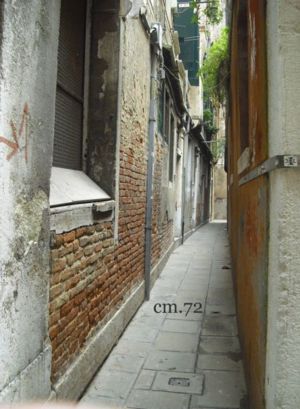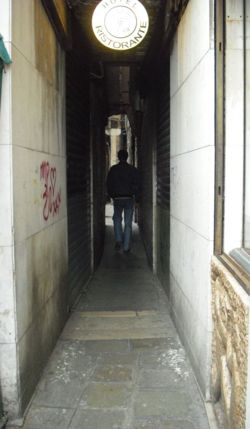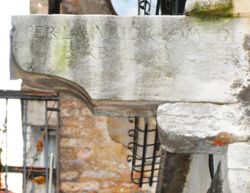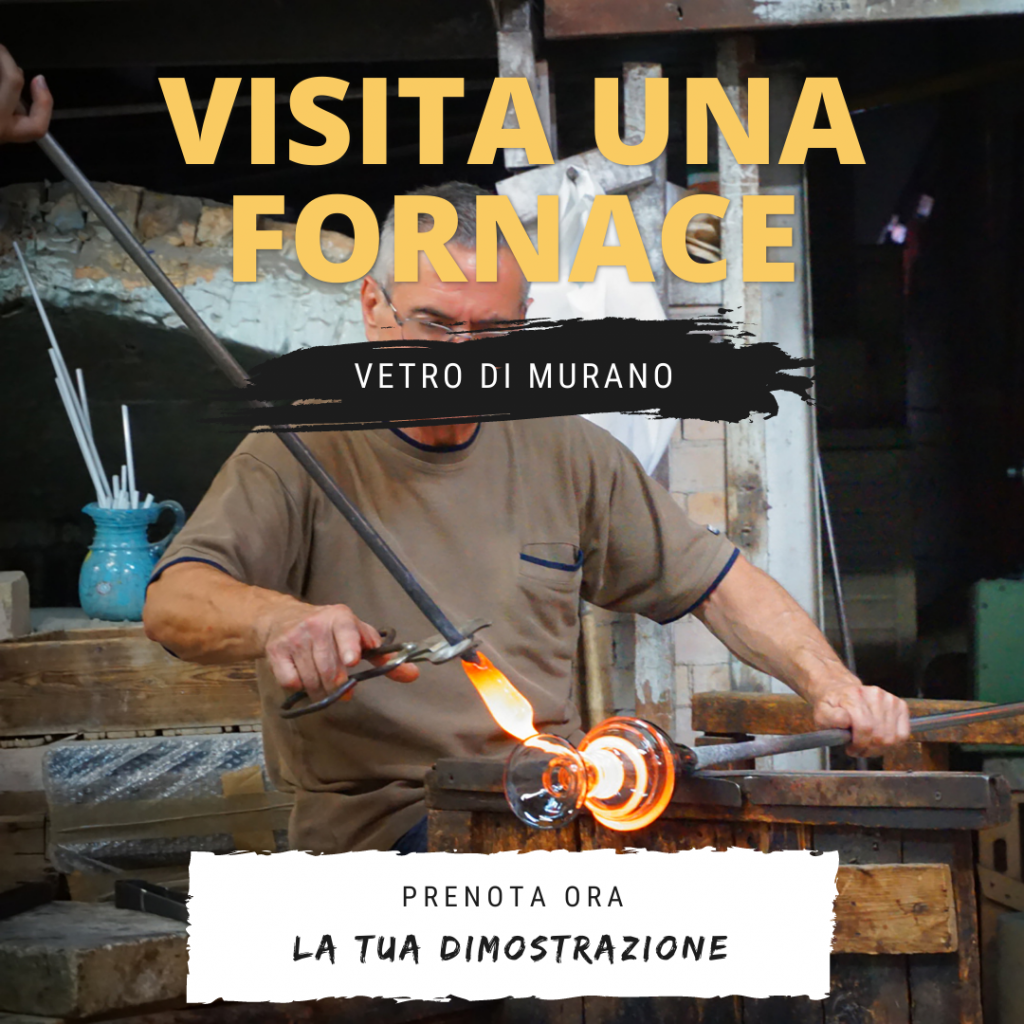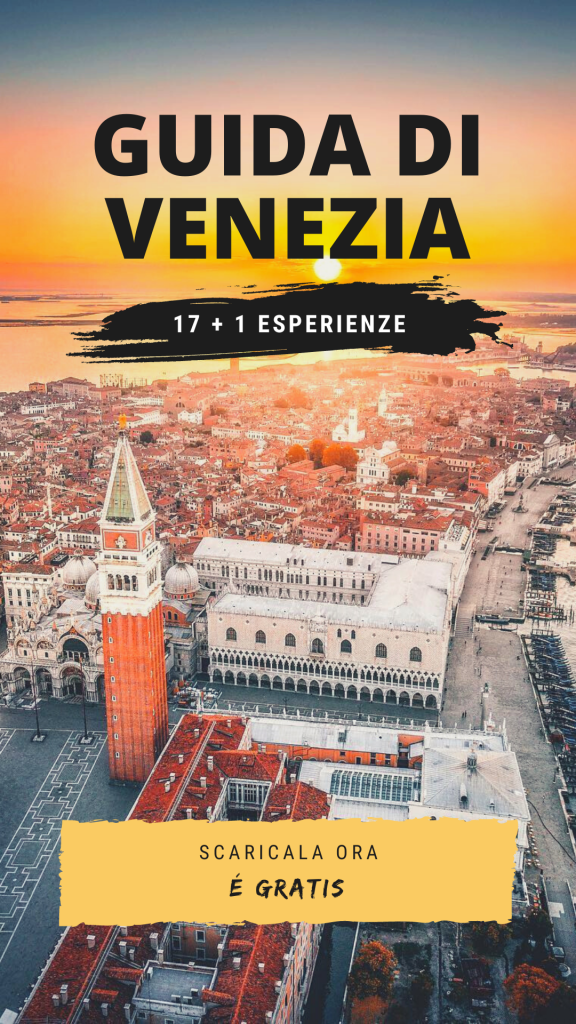Streets of Venice: Calle
In Venice, calli, large calle, the diminutive, callette or calleselle are the streets, the streets that intersect the city forming the complicated maze in which it is easy to get lost. The term derives from the Latin callis.
Except for a few which have preserved the old Italian voice “ruga” or its diminutive “rughetta”, and other very few, large and recent, that sun are called “streets”, all the others are just Venetian Calle.
l -Others are the terms that indicate other Venetian streets;
- The salizada, which indicates the first tract of the area paved in flint, with the stone pavement (“salizo”);
- The lista’ (as Lista di Spagna’) calling the streets where some white stones on the ground, placed parallel to the buildings, marked the limit of the place of diplomatic immunity before the palace of an ambassador;
- The Piscina,(pool) (there are many places mentioned by this name, one for all Piscina San Samuele) where there was a pool of water in the remote topography, which flooded during high tide and fish remained imprisoned when the water flowed and you could pick up the fish that remained in locked, imprisoned, in secca, without water;
- Rio terà where, in place of the pedestrian street, there was previously a channel, then buried;
- Ramo (Branch) indicating a lower side of a street, usually no way out or in the outlet channel.
The width of the streets can vary from 0.60 mt. the destination to 6/8 meters of larger, that is precisely why they are called “Calle Larga (Large Calle)” (Calle Larga San Marco, Calle Larga XXII Marzo).
In ancient times throughout the city was privately owned, but when they were granted permission to build new buildings, the Republic forced the owners to leave a passage, which became public, between a property and the other. For this reason, the distance between the houses was bare minimum, even on some occasions the houses were larger as a part of the road was projected onto the road itself and the projections are the Barbacani, also strictly championships and had to be in accordance with the Barbican sample in Calle della Madonna near Rialto’s Bridge.
Among the smaller Calli of Venice is indicated Calle Varisco of just 53 cm. wide, but we must make a necessary distinction. Calli and calleselle can be measured less than 60 cm in width, however, be placed in areas with little traffic and therefore create less problems for the movement of people, while this side of photography, located in a strategic location in the city, also if 65 cm., has traveled to hundreds of people a day, because it is located near the pier of Rialto’s Bridge and size to Campo San Bartolomeo, and because of its width is crossed alternating one-way, which means that you can move only if there is no one that runs in the opposite direction.
The names of the Calli are often referred to the works that were carried inside, so there are many calle del forno (oven street), calle del Tagiapiera (marble cutter), calle del Pestrin (milk man), as well as an altar or a capital Calle del Cristo, Calle della Madonna, Paradise Calle or take the name of the noble family who lived in that area, Calle Dolfin, Calle Benzoni, Calle Da Ponte, or something that happened very important, Calle del Perdon, Calle of Assassins.

